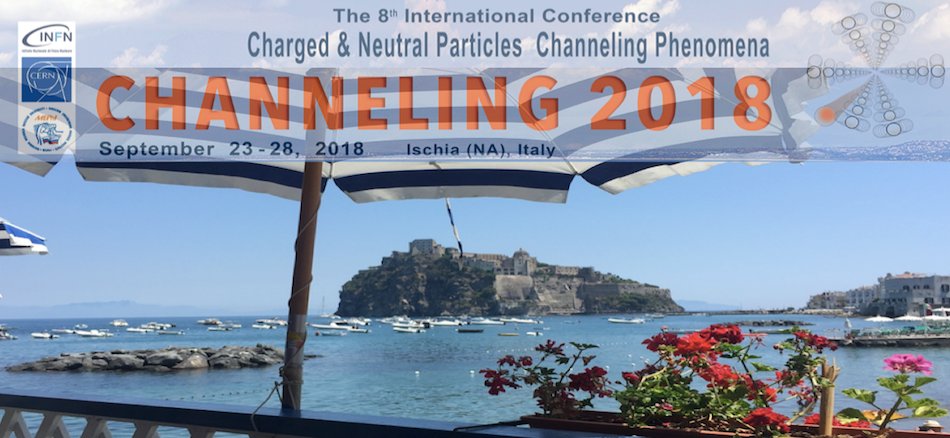Speaker
Dr
Nikolai Maksyuta
(Taras Shevchenko National University of Kiev)
Description
This paper is a continuation of the work [1], in which was considered the possibility of generation of a short-wave radiation due to the pseudophotons fields use based on three-frequency parametric interaction on channeled electrons system in certain crystallographic directions of some crystals in which there are non-unimodal potential wells. For example, crystals with the structure of a zinc blende, investigated in [2], can be chosen as such ones.
To realize this idea, it is necessary to fulfill a number of resonant conditions.
a). Lorentz factor of channeled electron should have such a value that in a potential well arise only three energy transverse energy level (calculation of the energy levels and corresponding wave functions in this study, in contrast to [1] is based on the numerical solutions Sturm-Liouville problem) .
b) The electron velocity must be such that the bounce-frequency of the pump wave in the comoving coordinate system coincides with the frequency of the transition between the upper and lower levels (we note that this coincidence has the Okorokov effect [3]).
c) The so-called synchronism condition, which includes the wave vectors of the pump wave, the signal wave, and the idler wave (it follows from the momentum conservation law) must be satisfied.
Due to the nonlinearity that takes place in the interaction of electrons with real electromagnetic fields and the field of pseudophotons in a system of three energy levels of channeling, we can expect a substantial rearrangement of the spontaneous emission spectrum. The calculation is made by analogy with calculations for nonlinear systems considered in nonlinear optics (see, for example, it is carried out on the basis of a numerical solution of the Sturm-Liouville problem) [4, 5]).
.
References
1. V.I. Vysotskii, N.V. Maksyuta // Surface, 2005, No. 4, P. 77.
2. N.V. Maksyuta, V.I. Vysotskii, S.V. Efimenko, Y.A. Slinchenko // JINST, 2018, V. 13, P. C04010.
3. Y.-H. Ohtsuki, Charged Beam Interaction with Solids, Taylor & Francis Ltd, Lonlon and New York, 1983.
4. V.G. Dmitriyev, L.V. Tarasov, Applied nonlinear optics. Moscow: Radio i svyaz, 1982 (in Russian).
5. S.A. Achmanov, R.V. Chochlov, Problems of nonlinear optics (electromagnetic waves in nonlinear dispersive media). Moscow: VINITI, 1965 (in Russian).
Primary author
Dr
Nikolai Maksyuta
(Taras Shevchenko National University of Kiev)
Co-authors
Prof.
Sultan Dabagov
(LNF)
Mr
Svetlana Efimenko
(Taras Shevchenko National University of Kiev)
Prof.
Valery Grygoruk
(Taras Shevchenko National University of Kiev)
Prof.
Vladimir Vysotskii
(Kiev National Shevchenko Univ, Kiev, Ukraine)
Dr
Yuri Slinchtnko
(Taras Shevchenko National University of Kiev)

